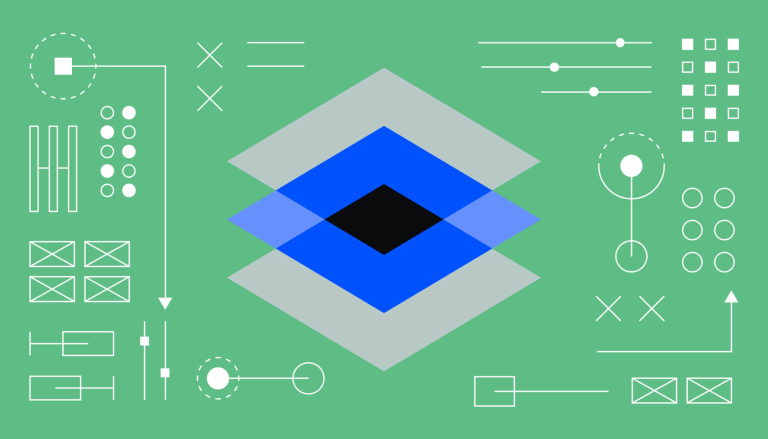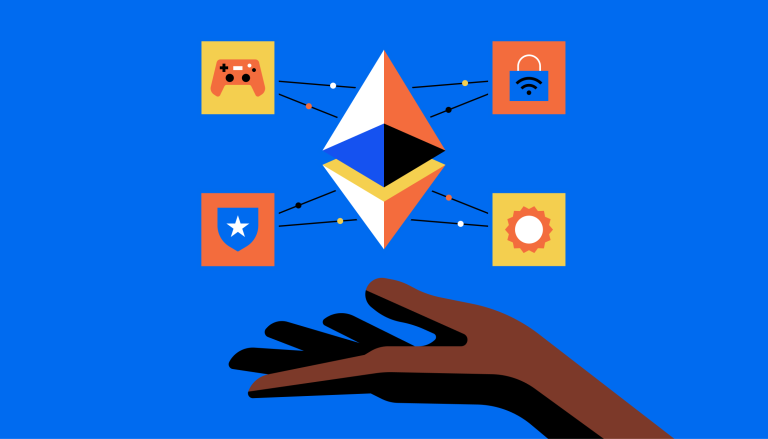What are Layer 3 blockchains and what is the difference with Layer 2 blockchains?

Layer 3 blockchains are built on top of Layer 2 solutions, providing additional functionality, interoperability, or performance enhancements to the underlying blockchain infrastructure.
Layer 3 blockchains aim to overcome the limitations of previous layers by providing a more adaptable, efficient, and user-friendly blockchain ecosystem.
The difference between Layer 2 and Layer 3 blockchains lies in their focus areas: Layer 2 aims to enhance the performance of a single blockchain, while Layer 3 focuses on expanding the blockchain's capabilities and reach.
Understanding Layer 3 Blockchains
Layer 3 blockchains are a development in the evolution of blockchain technology.
They build on the foundations of Layer 1 and Layer 2 solutions to deliver enhanced scalability, interoperability, and specialized functionality for decentralized applications (DApps).
The concept of Layer 3 blockchain networks comes from the need to build a more secure, interoperable, and scalable blockchain infrastructure. While both Layer 2 and Layer 3 solutions aim to scale the blockchain network, Layer 3 is more about connecting various blockchains and facilitating seamless communication between them.
Key Features of Layer 3 Scaling Solutions
Layer 3 networks provide a platform for decentralized applications (DApps) to operate with enhanced scalability and efficiency, hosting one DApp per network to ensure high performance without network congestion or computational bottlenecks.
They aim to bring greater scalability to blockchain systems by optimizing consensus mechanisms and data structures, enabling higher throughput and transaction processing capabilities.
Layer 3 solutions strive to allow for easy deployment of dedicated blockchains, enhancing the accessibility and interoperability within the crypto ecosystem. They provide customization options for developers and security features for each hosted DApp, creating a secure and tailored environment for innovation and growth.
Layer 1 vs. Layer 2 vs. Layer 3 Blockchain Scaling Solutions
Layer 1 is the base layer of a blockchain network, providing the foundational framework.
Layer 2 is an overlaying network on top of Layer 1 that enhances scalability and adds features.
Layer 3 hosts real-world applications and executes tasks.
Layer 2 vs. Layer 3 Networks: Unraveling the Differences
Layer 2 networks enhance the blockchain, improving transaction speeds and reducing fees on a singular blockchain. Layer 3 takes the baton from Layer 2's focus on speed and efficiency, venturing into the realm of interconnectivity and advanced application hosting.
This layer fosters a seamless interplay among blockchains, enhancing the ecosystem at large rather than optimizing a single blockchain.
Layer 3 vs. Layer 1 Blockchains
The leap from Layer 1 to Layer 3 in the blockchain stack introduces a shift from foundational infrastructure to advanced application and interoperability.
Layer 1 is the bedrock of any blockchain network, encapsulating the core functionalities, consensus mechanisms, and security protocols.
Layer 3, on the other hand, is a development towards specialized functionalities built on the layers below. It introduces solutions to transcend these limitations by enabling cross-chain interoperability and more complex applications.


